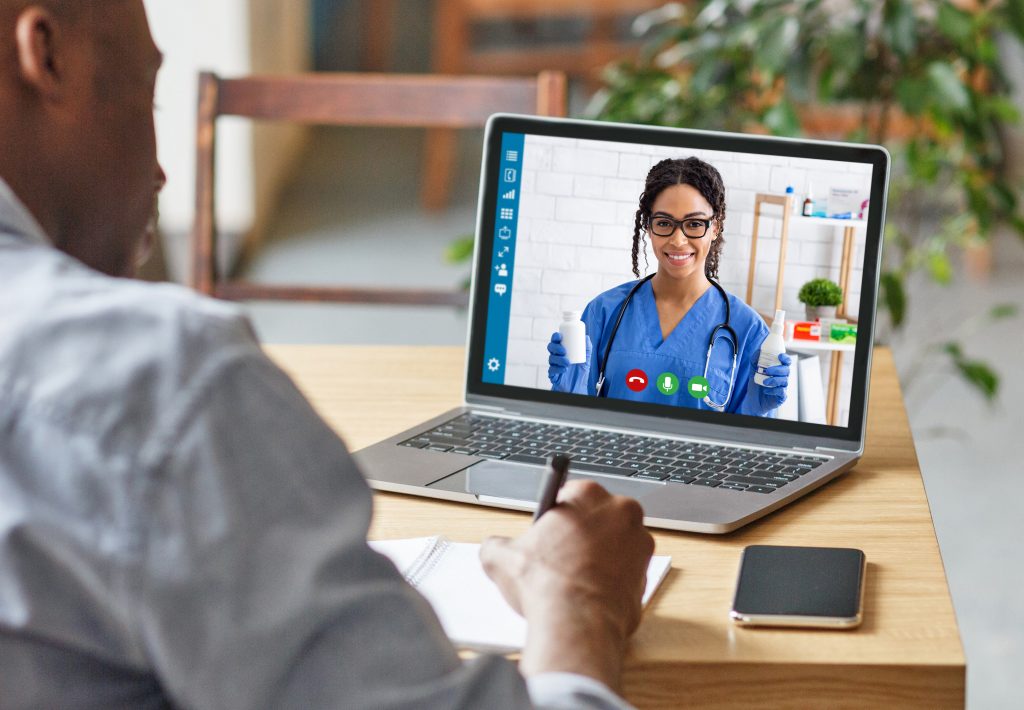Breaking Down Back Pain: Disc Bulges and Herniations
A disc bulge or herniation occurs when the soft cushion-like discs between the vertebrae in your spine become damaged or pushed out of place. Some common signs that you may have a disc bulge or herniation include:
- Pain: Pain in the affected area is a common sign of a disc bulge or herniation. You may experience sharp or dull pain that is localized to the back, neck, or legs.
- Numbness or tingling: A disc bulge or herniation can put pressure on nearby nerves, causing numbness, tingling, or a pins-and-needles sensation in the affected area.
- Weakness: A herniated disc can also cause weakness in the affected area. You may have trouble lifting objects, walking, or performing other daily activities.
- Limited mobility: A disc bulge or herniation can make it difficult to move your head, neck, or back. You may experience stiffness, reduced range of motion, or difficulty bending or twisting.
- Muscle spasms: Muscle spasms are a common symptom of a herniated disc. Your muscles may contract and tighten involuntarily, causing pain and discomfort.

Forum Health’s Approach
If you’re suffering from a disc bulge or herniation, you know just how debilitating the pain can be. At Forum Health, we use a variety of techniques to treat disc bulges and herniations. Our providers will work closely with you to develop a personalized treatment plan that takes into account your specific symptoms, medical history, and lifestyle.
Chiropractic adjustments are an effective treatment for disc bulges and herniations. Our providers use gentle, targeted pressure to realign the spine, reducing pressure on the affected discs and helping to restore proper function to the nervous system.
At Forum Health, we believe in taking a holistic approach to healthcare. In addition to our chiropractic treatments, we may also recommend dietary and lifestyle changes, exercise programs, and other complementary therapies to help support your overall health and wellbeing.
If you’re ready to take control of your pain and reclaim your mobility, don’t hesitate to contact us today. Our friendly and knowledgeable staff will be happy to answer any questions you may have and schedule a consultation with one of our providers. We look forward to helping you achieve optimal health and wellness!
Frequently Asked Questions
The four stages of disc herniation are as follows:
- Disc protrusion: The first stage involves a bulging or protrusion of the disc material outside the normal boundaries of the disc. The disc may become asymmetrical, and the outer layer of the disc (annulus fibrosus) may begin to weaken or tear.
- Prolapse: In this stage, the inner layer of the disc (nucleus pulposus) begins to push out through the weakened or torn outer layer. The disc may become more compressed, and symptoms such as pain and numbness may start to occur.
- Extrusion: At this stage, the disc material has broken through the outer layer and is extending outside the disc space. This can put pressure on nearby nerves, causing more severe pain and other symptoms
- Sequestration: In the final stage, the disc material has completely separated from the disc and is no longer attached. This can lead to a loss of disc height and stability, as well as further compression of nearby nerves.
A herniated disk, also known as a slipped disk or ruptured disk, can cause a variety of symptoms. Here are three common signs and symptoms of a herniated disk:
- Pain: The most common symptom of a herniated disk is pain, which can vary in intensity and location depending on the location of the herniated disk. The pain may be localized to the lower back or neck, or it may radiate down the arms or legs. The pain may also be described as sharp, shooting, or burning.
- Numbness or tingling: A herniated disk can compress the nerves that run through the spinal column, leading to numbness or tingling in the affected area. This may be accompanied by a loss of sensation or weakness in the muscles served by the affected nerves.
- Reduced range of motion: A herniated disk can also cause stiffness or reduced range of motion in the affected area. This may make it difficult to perform daily activities or engage in exercise or other physical activities.
A herniated disc occurs when the outer portion of a spinal disc tears, allowing the inner portion to protrude and put pressure on nearby nerves or the spinal cord. In some cases, a herniated disc can heal on its own with proper treatment and rest. However, in other cases, the damage to the disc may be permanent.
If the herniation is severe and the disc is unable to heal itself, it may cause long-term or permanent damage to the spinal nerves or cord. This can result in chronic pain, numbness or weakness in the affected area, and other neurological symptoms. Some people may experience long-term or permanent damage, while others may make a full recovery with appropriate care.
Sitting for long periods of time can worsen a herniated disc because it puts additional pressure on the spine. When you sit, the weight of your upper body is concentrated on your lower back, and this can put a significant amount of pressure on the discs in your spine.
If you already have a herniated disc, sitting for extended periods of time can exacerbate your symptoms, such as pain, tingling, or numbness in your legs or back. In some cases, sitting may even cause a herniated disc to worsen or make it more likely for a new herniation to occur.
Determining whether your back pain is due to a disc problem or a muscle strain can be challenging, as the symptoms of both conditions can be similar. However, there are some general differences in the symptoms that can help you identify the source of your back pain.
If your back pain is caused by a disc problem, you may experience:
- Radiating pain: Pain that radiates down your legs or arms, which can be a sign of a herniated disc.
- Numbness or tingling: You may feel numbness or tingling in your arms, hands, legs or feet, which can also be a sign of a herniated disc.
- Weakness: You may experience weakness in your arms, hands, legs or feet, which can be a sign of nerve compression caused by a herniated disc.
- Pain that gets worse with movement: You may experience increased pain when you move your back or change positions.
On the other hand, if your back pain is caused by a muscle strain, you may experience:
- Localized pain: The pain is usually limited to one area of your back.
- Muscle spasms: You may experience muscle spasms or cramping in the affected area.
- Pain that gets better with movement: You may find that moving or changing positions helps to relieve the pain.
- Pain that is worsened by specific movements: You may notice that certain movements, such as bending or twisting, make the pain worse.
It's important to note that these symptoms are not always clear-cut, and you should seek the advice of a healthcare professional if you are experiencing back pain. We can conduct a physical examination, order imaging tests and make a diagnosis based on your symptoms and medical history.

